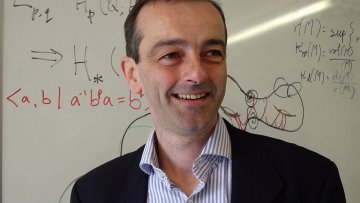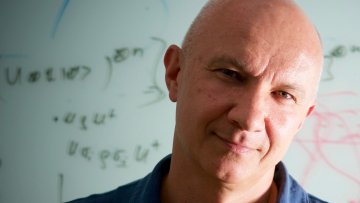Classifying Groups up to Quasi-Isometry
Abstract
In his ICM address in 1983, Gromov proposed a program of classifying finitely generated groups up to quasi-isometry. One way of approaching this is by breaking a group down into simpler parts by means of a JSJ decomposition. I will give a survey of various JSJ theories and related quasi-isometric rigidity results, including recent work by Cashen and Martin.




